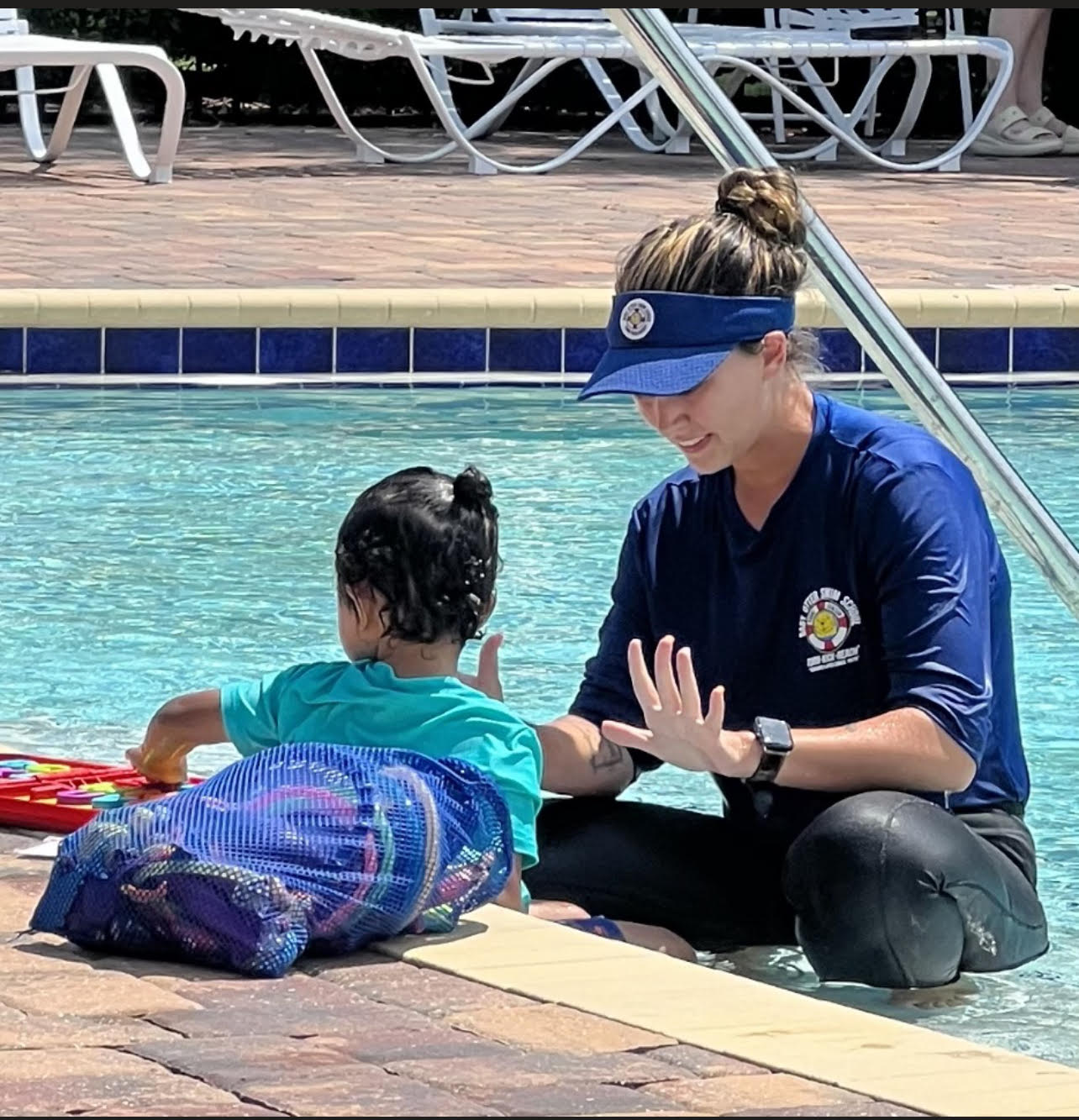Every Little Thing You Required to Understand About Swimming Lesson for Beginners: A Comprehensive Overview
Comprehending the fundamentals of swimming lessons for newbies is vital for cultivating both safety and security and skill development in the water. The path to coming to be a certain swimmer is commonly laden with difficulties, including the usual worry of water.
Significance of Water Safety
Water safety and security is critical for anyone venturing into aquatic atmospheres, especially novices. Recognizing the possible threats related to water tasks is critical to ensure a satisfying and safe experience. Stats show that drowning stays a leading root cause of accidental death, underscoring the need for increased recognition and preventive measures.
The primary step in water safety and security includes acknowledging the value of supervision. Grownups should constantly keep a close eye on kids and inexperienced swimmers, as even superficial water can posture significant threats. Furthermore, wearing suitable flotation protection gadgets, such as life jackets, is necessary, particularly for those that are not yet confident in their swimming abilities.
An additional critical facet is acquainting oneself with the particular setting. Each body of water has one-of-a-kind characteristics, consisting of currents, tides, and temperature, which can impact safety and security. Swimmers need to additionally know climate condition and prospective dangers, such as immersed objects or unexpected modifications detailed.
Finding the Right Teacher
Picking a qualified instructor is a crucial action in guaranteeing a safe and reliable learning experience for newbies. When looking for a teacher, consider their certifications and experience. Look for individuals who are licensed in mouth-to-mouth resuscitation and First Help, along with those that hold acknowledged swimming teaching qualifications, such as those from the American Red Cross or YMCA.

In addition, examine the trainer's interaction abilities. They ought to be able to convey instructions plainly and demonstrate methods efficiently. A connection in between the learner and the instructor can improve inspiration and cultivate a favorable discovering atmosphere.
Finally, consider logistics such as course place, organizing, and size. Smaller sized class dimensions typically allow for even more tailored attention, which can be advantageous for beginners. By thoroughly examining these variables, you can locate a trainer that will add to an effective swimming experience.
Important Swimming Methods
Mastering necessary swimming methods is important for novices intending to construct self-confidence and efficiency in the water. The foundation of reliable swimming depends on grasping the fundamental skills that boost both security and satisfaction throughout method.
One of the first strategies to concentrate on is correct breathing. Novices should learn to breathe out undersea and breathe in rapidly when turning their heads to the side, making certain a consistent rhythm that sustains endurance. Furthermore, body positioning plays a vital role; swimmers should maintain a structured posture, maintaining the body horizontal and level to reduce drag.

Last but not least, comprehending the importance of buoyancy can not be ignored. Understanding drifting techniques will boost comfort and security in the water. By concentrating on these essential strategies, beginners can establish a solid swimming foundation, setting them up for greater success in future lessons and even more sophisticated skills.
Different Swimming Styles
Various swimming designs exist, each offering special strategies and benefits that deal with different preferences and objectives. The four key strokes-- freestyle, breaststroke, butterfly, and backstroke-- develop the structure of competitive swimming and leisure practices.
Freestyle, also known as the front crawl, is identified by a flutter kick and alternating arm motions, enabling optimal speed and performance. It is usually one of the most prominent choice for novices due to its straightforward method and flexibility in numerous water settings.
Backstroke, executed on the back, uses a similar flutter kick however makes use of a windmill arm activity. This stroke enhances body positioning and advertises relaxation in the water, making it an excellent option for those that may really feel anxious while swimming.
Breaststroke includes a frog-like kick and simultaneous arm activities, advertising a slower rate that permits boosted breathing control. This stroke is especially valuable for newbies as it encourages an all-natural rhythm.
Last but not least, the butterfly stroke, recognized for its difficult technique, includes a dolphin kick and synchronised arm motions. While more innovative, understanding it can substantially improve total swimming effectiveness. Embracing these varied styles can result in a well-shaped swimming experience.
Overcoming Common Difficulties
Although swimming can be a rewarding activity, newbies commonly encounter numerous difficulties that might hinder their progress and enjoyment in the water. One of the most common obstacles is concern, specifically worry of the water or of submersion. To conquer this, gradual exposure is important. Start by accommodating to the water in shallow areas, and practice breathing methods outside of the water to construct confidence. learn this here now
An additional obstacle is mastering fundamental techniques, such as floating and stroke technicians. Beginners ought to concentrate on proper body positioning and breathing patterns. Using why not try here flotation tools can assist in creating a feeling of balance while practicing stroke fundamentals.

Last but not least, finding an encouraging environment, whether via group lessons or one-on-one training, can dramatically enhance discovering. Useful comments and inspiration are crucial for getting over difficulties and cultivating renovation. By dealing with these common problems head-on, beginners can grow a positive swimming experience and progression at a comfortable rate.
Verdict
In recap, swimming lessons for newbies incorporate crucial components such as safety, reliable guideline, and proficiency of important strategies. Choosing a certified teacher is extremely important to fostering a helpful understanding atmosphere. Emphasis on core abilities, consisting of breathing and body positioning, help in establishing confidence in the water. Understanding different swimming styles and addressing typical obstacles further enhances the learning experience. Ultimately, a thorough method makes sure that beginners not click over here now just get swimming skills but additionally grow a lifelong appreciation for water activities.
Understanding the principles of swimming lessons for beginners is crucial for cultivating both safety and ability growth in the water.Water security is extremely important for anyone venturing into marine environments, especially novices. Arm movements need to additionally be collaborated with the kick; newbies should find out the value of getting to onward and drawing via the water successfully.
Although swimming can be a fulfilling task, newbies typically run into numerous difficulties that may hinder their progression and pleasure in the water. Start by accustoming to the water in shallow areas, and practice breathing strategies outside of the water to develop self-confidence.